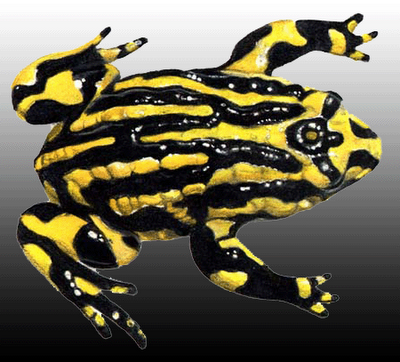Today I am doing a history review of the Anzacs and the aftermath of Australia after World War I.
To do this, we went to the National Archives of Australia. There we learned that Australia in the great world war we call World War I sent a lot more troops than any other country that assisted Britain and its allies. I took down a couple notes to share with you.
In the war, no one could trust enemy natives; what I mean is is that Australia arrested all of the Germans and Austrians in Australia, even if they were citizens of Australia.
Killed/wounded soldiers:
British---50.71%
Canada---49.74%
New Zealand---59.01%
India---12.77%
And Australia---65%.
So what this means is that 40% of adult men in Australia went to fight in World War I. And 65% of those 40% were killed or wounded. So Australia was left with a big hole; many of its men were simply gone, or could no longer work.
The government helped pay for the medical bills of the wounded, and the funerals of the dead. The total cost for Australia was immense. The cost made Australia plunge into the great depression. The soldiers who died in the war were buried where they fell, and that could be in Egypt or Turkey or Europe, which few families could afford to see. We read some letters from mothers of dead soldiers who said they only wished they could see where their boy was buried. But the government would not help the families travel to see these cemeteries.
Then when the depression hit, the government cut back on its payments to the families of the dead and wounded. Military families were forced to live in the streets. Men looked for work everywhere. The father/mother would leave home for work for most of the day to afford to put anything on the table. One job I found interesting was the prickly pear job. Back then, prickly pears, similar to cactus, were all over the land. The cattle couldn't eat them, and neither could they travel through them. To destroy the prickly pears, workers would take the eggs of this special moth and put them into tubes and stick them on the cactus. When the eggs hatched into caterpillars, they would eat the innards of the prickly pears and destroy them. Then a fungus came that destroyed the rest of the prickly pears in Australia.
Although we, as Americans, remember WWII as the more important war, WWI caused much more suffering for Australia in terms of money, lives, and grief.
This is my brother John and my Mom in front of the Australian Archives building:


